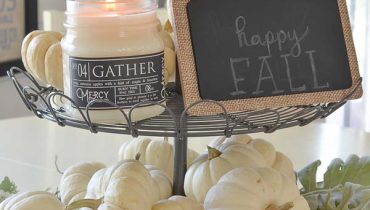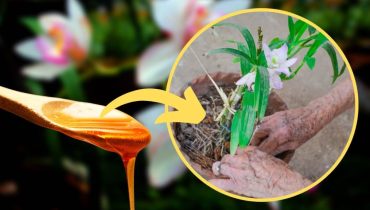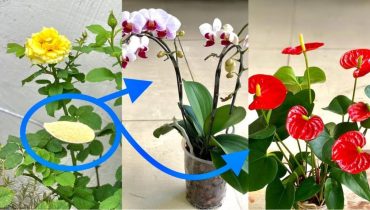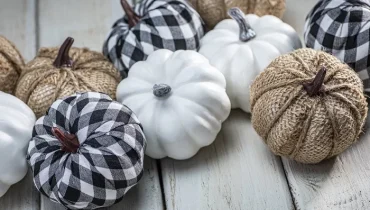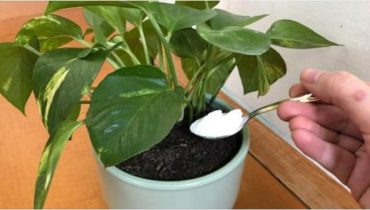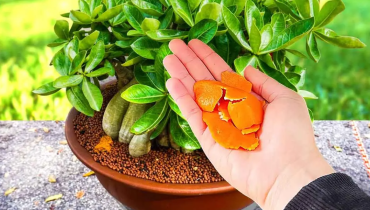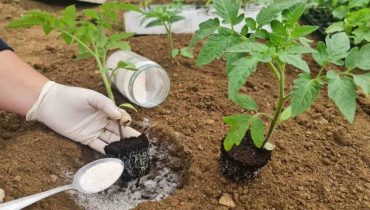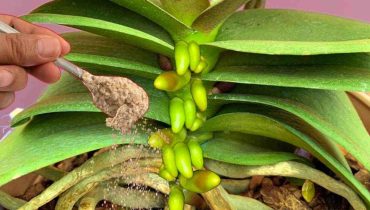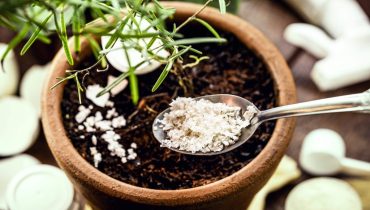14 Flowers to Plant in September for a Blooming Garden Year-Round
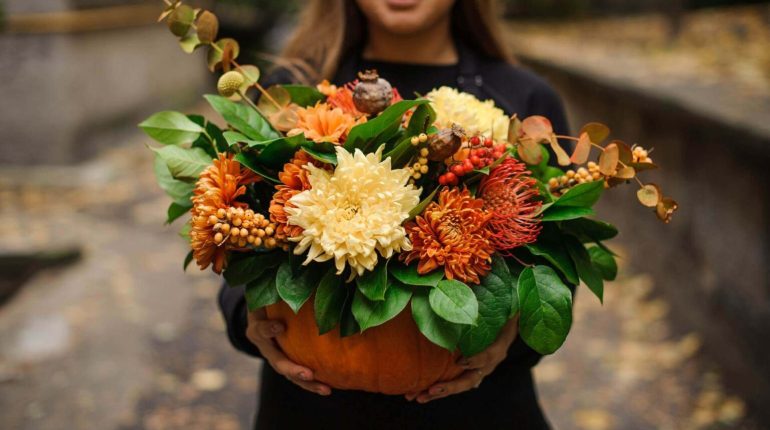
Posted September 20, 2023 by: Admin
As autumn approaches and September brings milder temperatures and more frequent rain, it’s the perfect time to consider planting flowers. However, not just any flowers will do. Here’s a curated selection of flowers ideal for planting in September, ensuring they are well-suited to your region’s climate, exposure, and soil conditions.
1.Allium
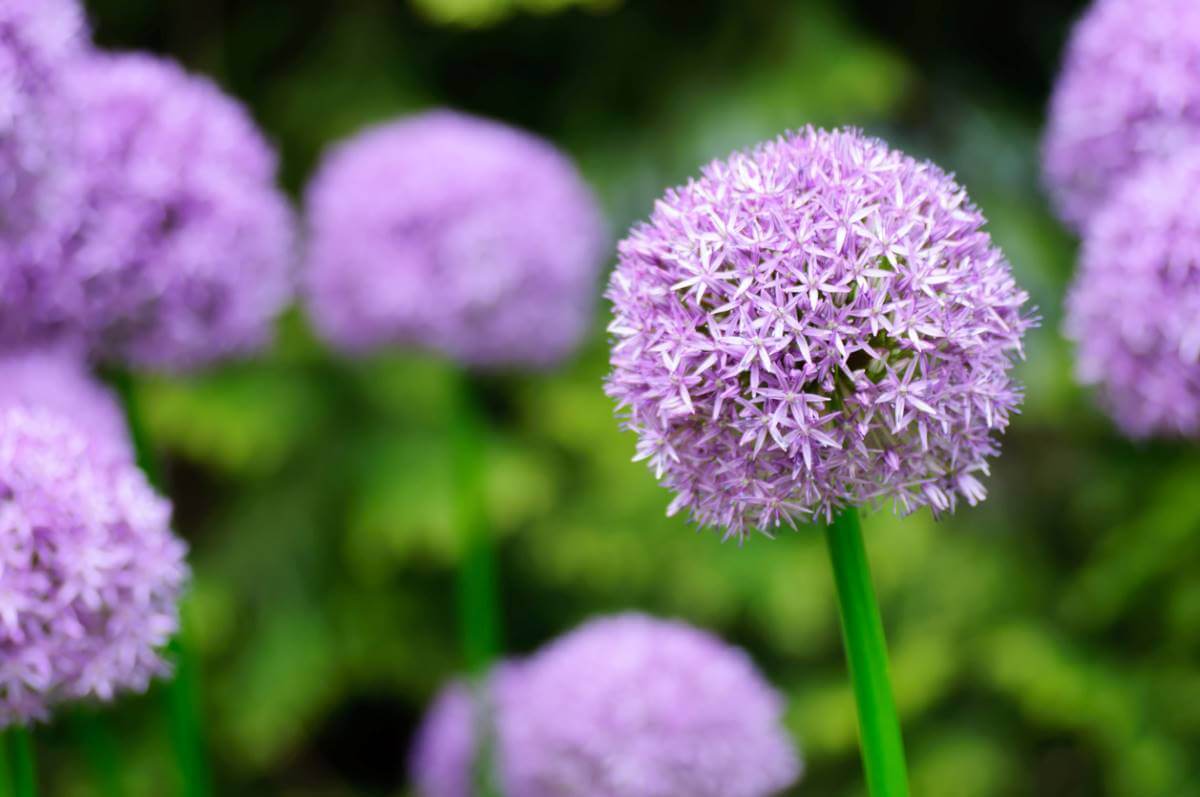
Also known as ornamental garlic, this violet-hued plant forms a captivating ball-shaped bloom composed of numerous small star-shaped flowers. It’s low-maintenance, perennial, and cold-hardy. Consider planting at least five bulbs together for maximum visual impact.
2.Wolfsbane
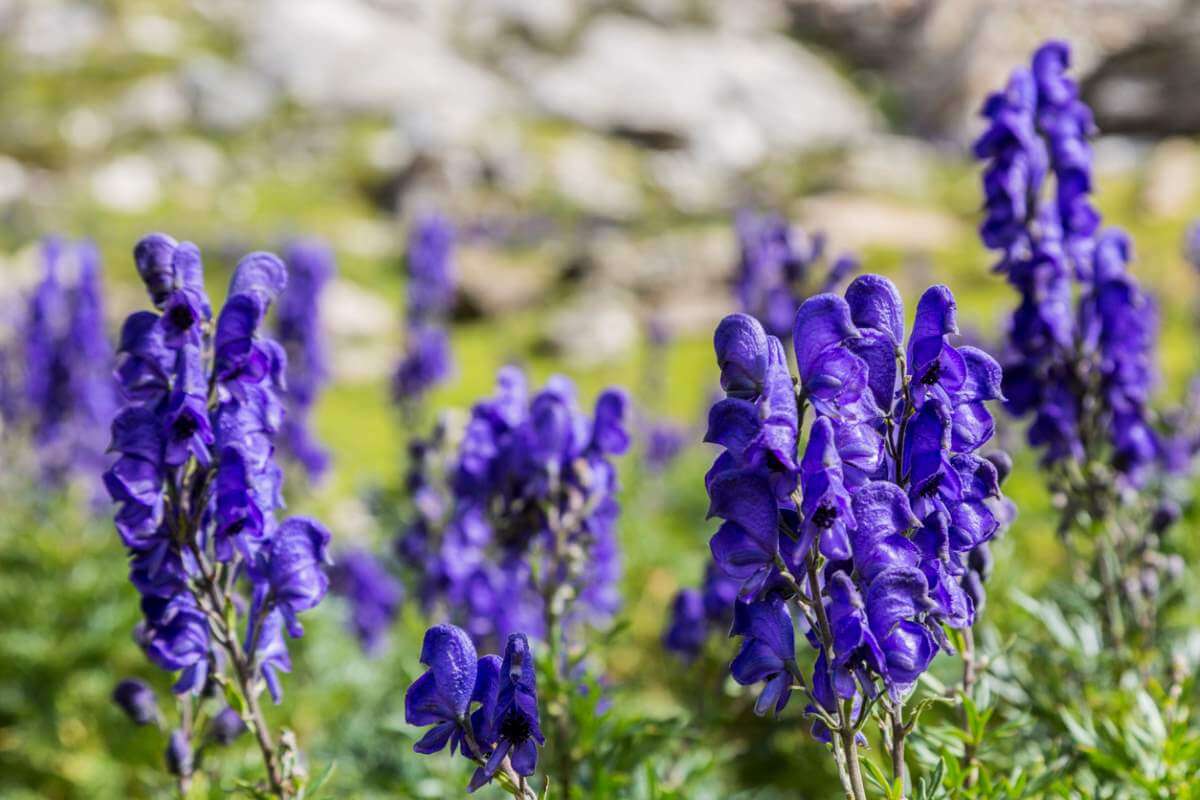
This shrub boasts stunning violet blooms in the autumn and thrives in colder regions due to its frost-resistant nature. Plant it in a shady location and keep the soil adequately moist during hot weather to encourage growth.
3.Japanese Anemone
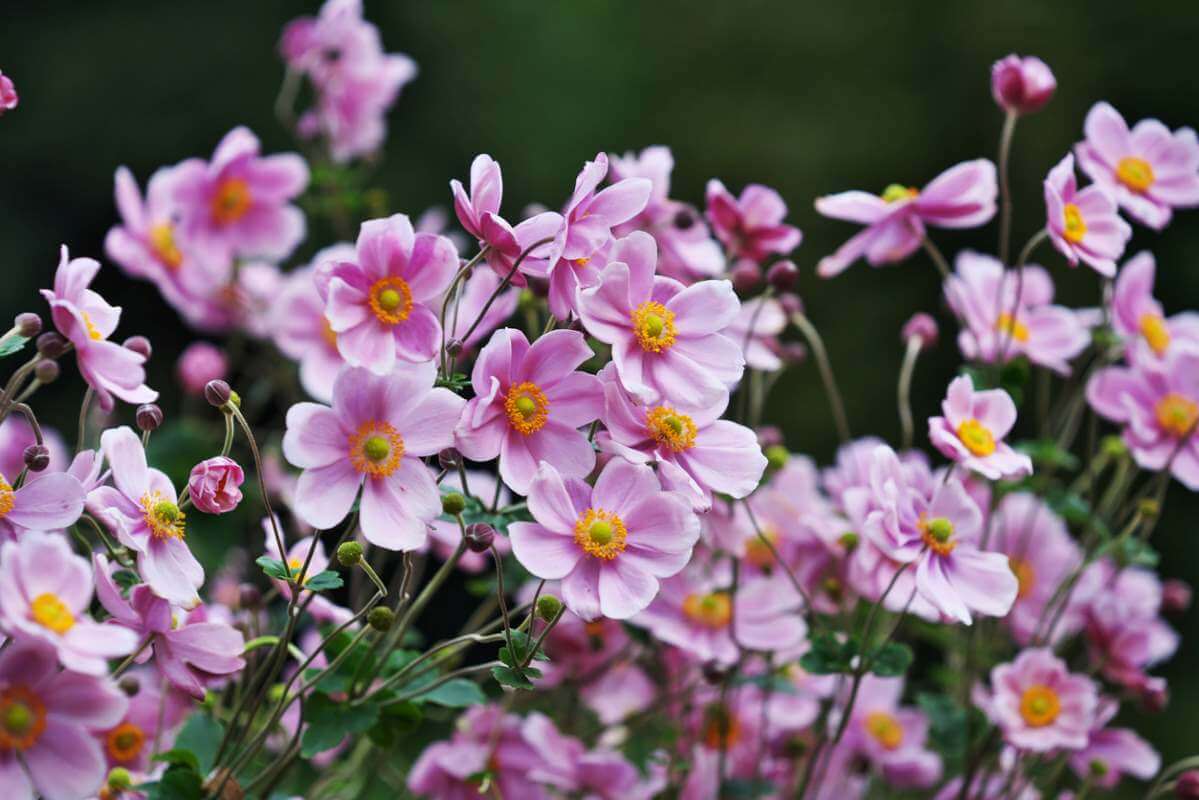
A bulbous perennial with graceful, bright blooms that can endure brief frosts, making it suitable for year-round ground planting. Plant them in semi-shaded, wind-protected areas. Prune spent flowers to promote new growth and trim the clump during winter.
4.Astilbe
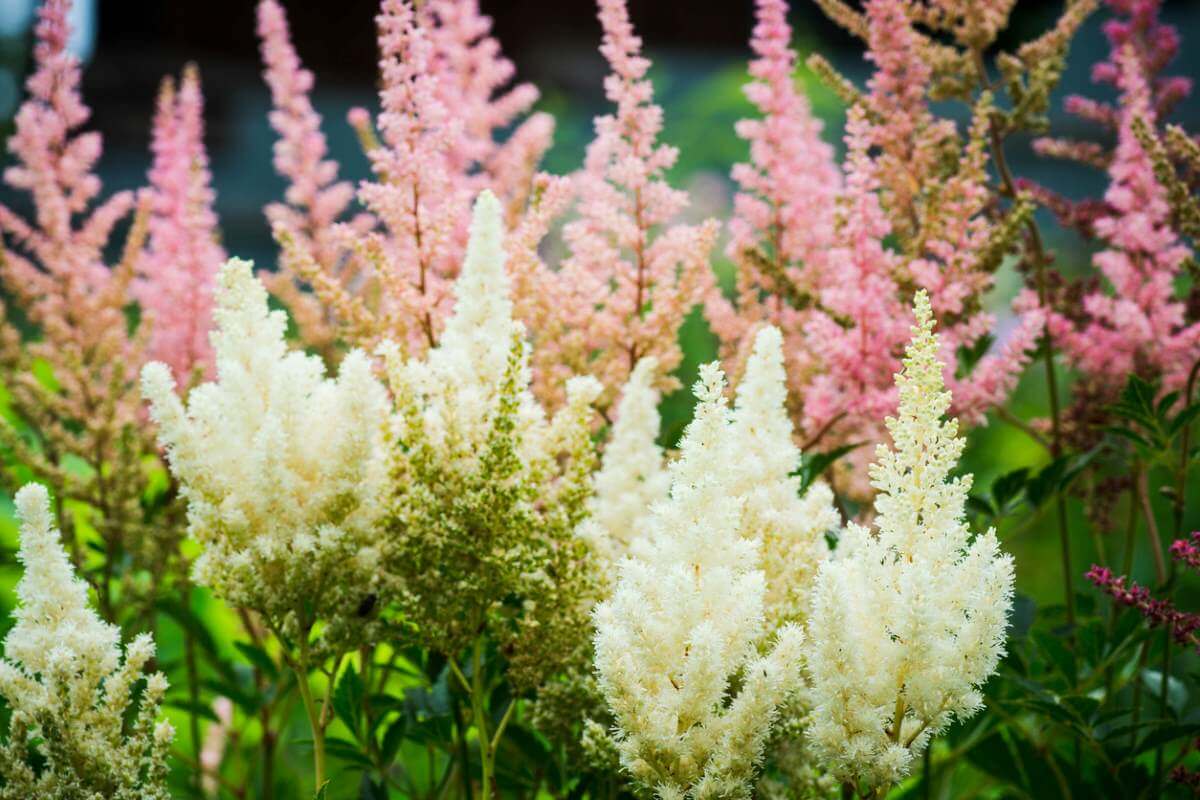
Ideal for shady garden spots, astilbe is a rhizomatous perennial with stems that can reach up to one meter in height, adorned with delicate pink, white, blue, or red flowers. Plant it between September and October to add vibrancy to dim corners.
5.Crocus
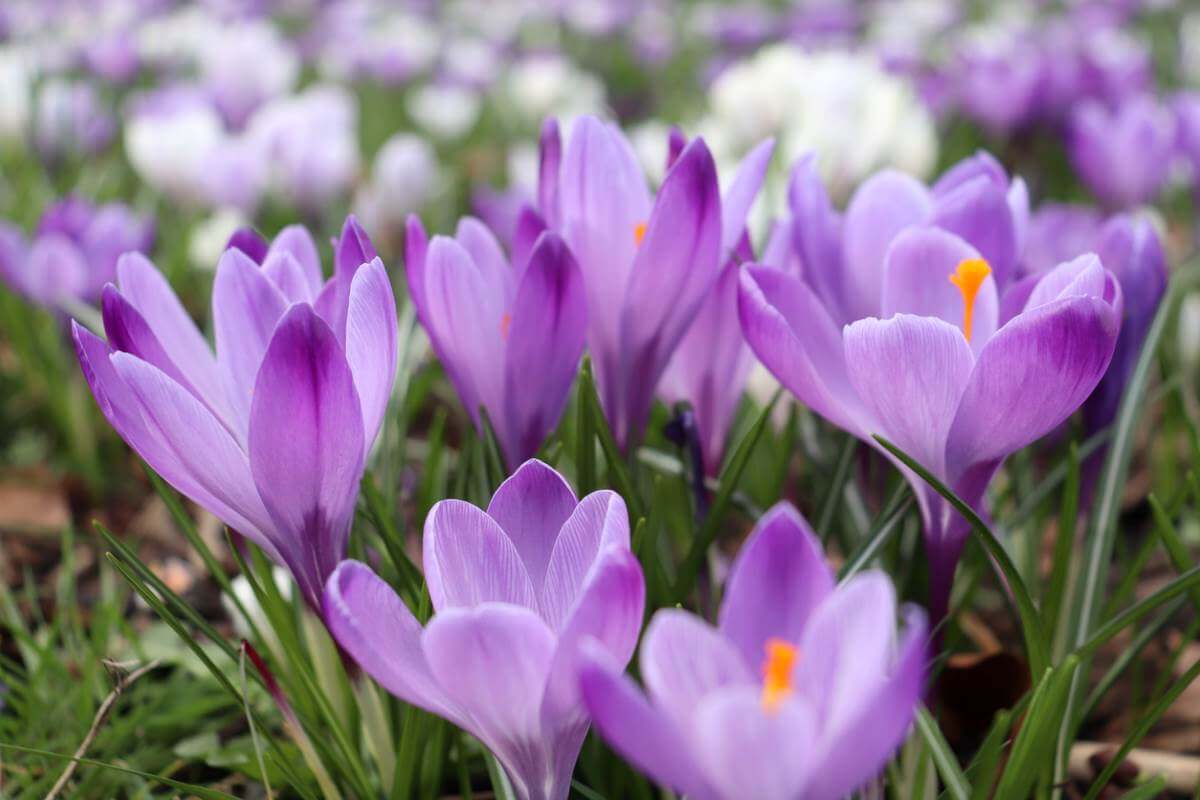
Plant crocus bulbs in autumn to enjoy their spring blossoms year after year. Dig a hole 5 to 10 cm deep, place the bulb upright, cover with soil, and wait. After flowering, trim back the foliage once it turns yellow and the flower has fully withered to encourage regeneration.
6.Camellia
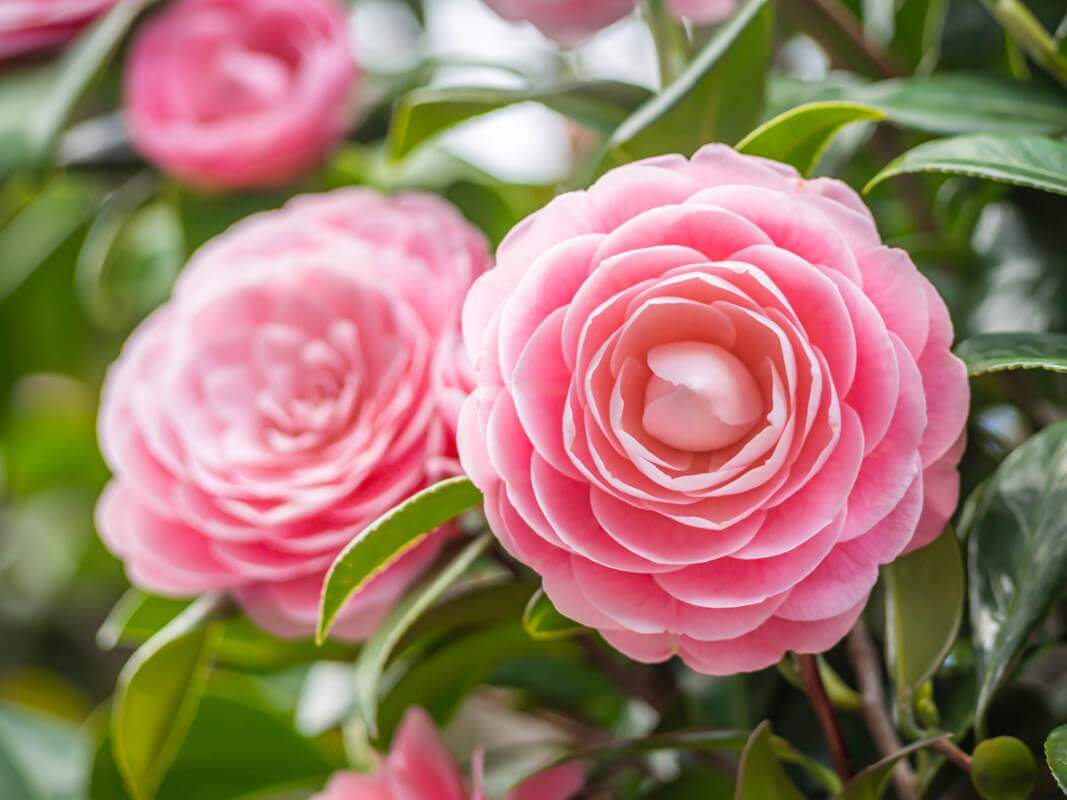
This evergreen shrub produces colorful, beautiful blooms and can be planted ornamentally between September and October or in April and May. When planting, incorporate heather into the garden soil for best results.
7.Fritillary
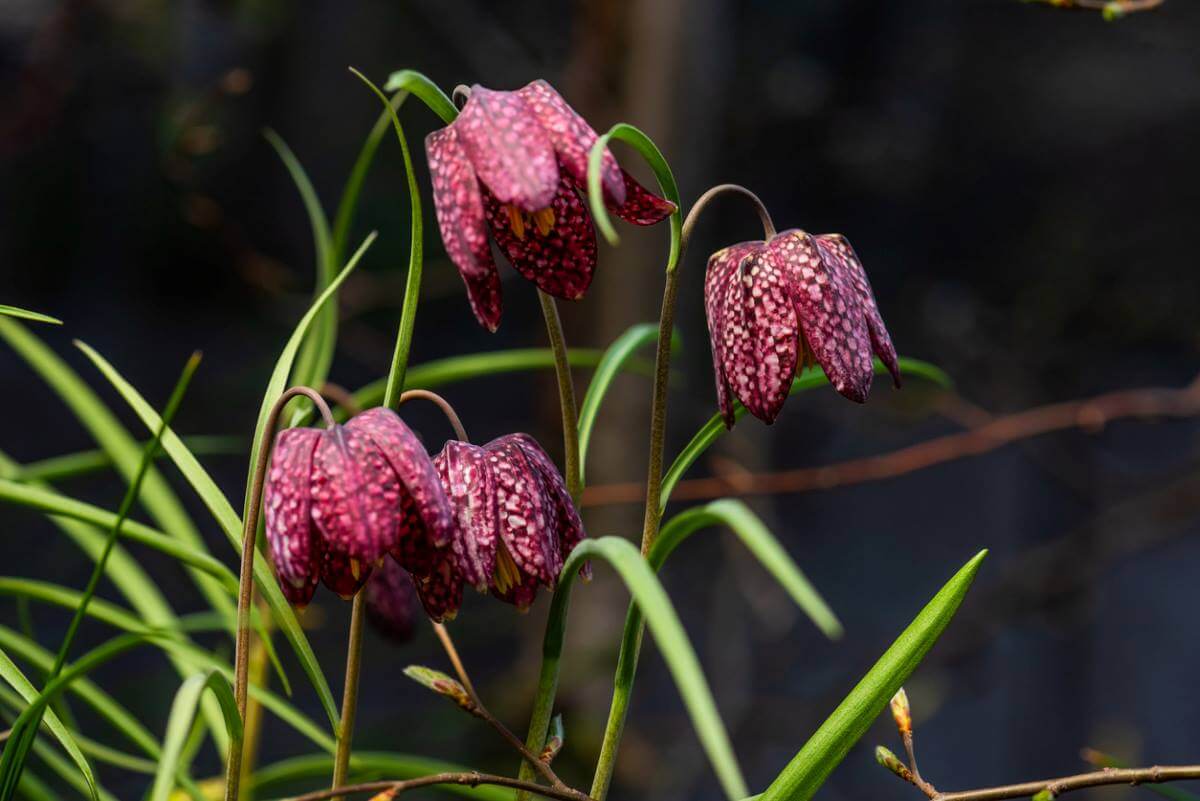
Plant fritillary bulbs in early September to enjoy their bell-shaped flowers. They come in various colors, and a general rule of thumb is to plant them at a depth three times the height of the bulb. Ensure to inquire about specific requirements when purchasing different varieties.
8.Hellébore
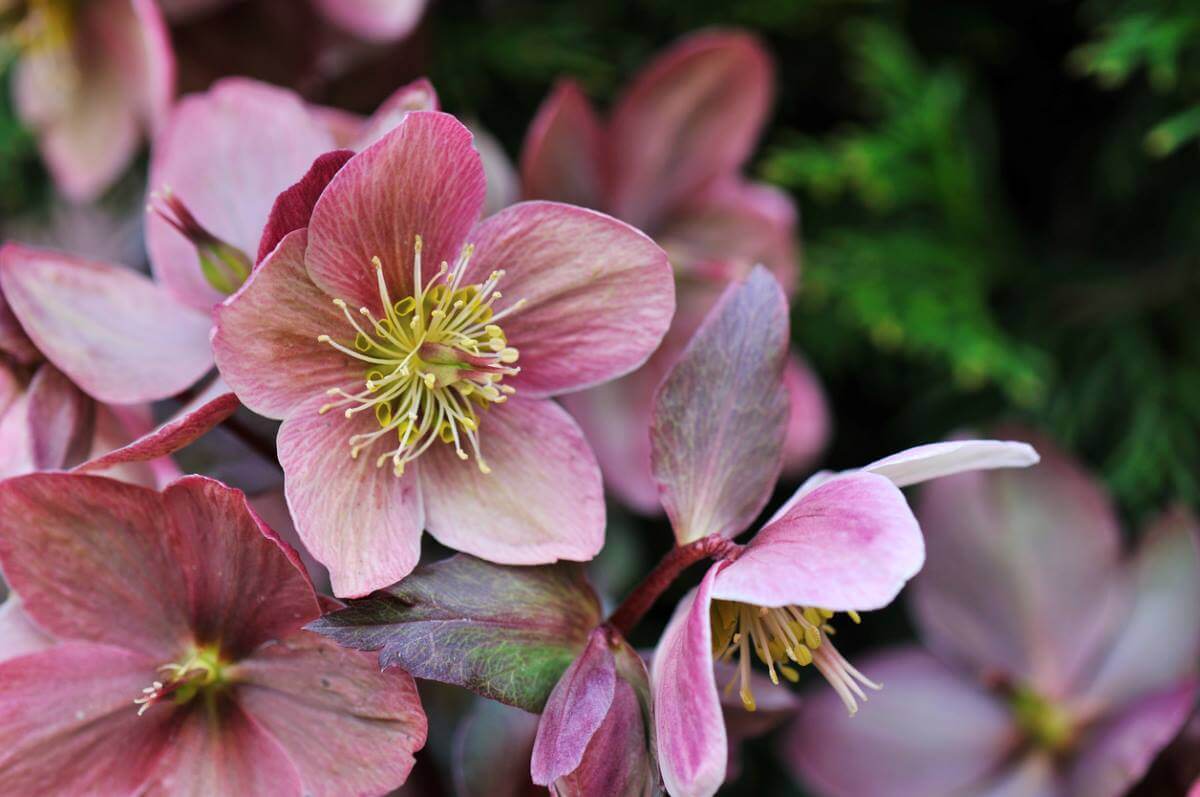
In September, consider planting hellebores, also known as “Christmas roses.” These tolerant plants adorn themselves with magnificent flowers in various colors during winter. They thrive in rich, moist, well-drained soil and partial shade, making them easy-to-grow perennials that will bloom for years.
9.Iris
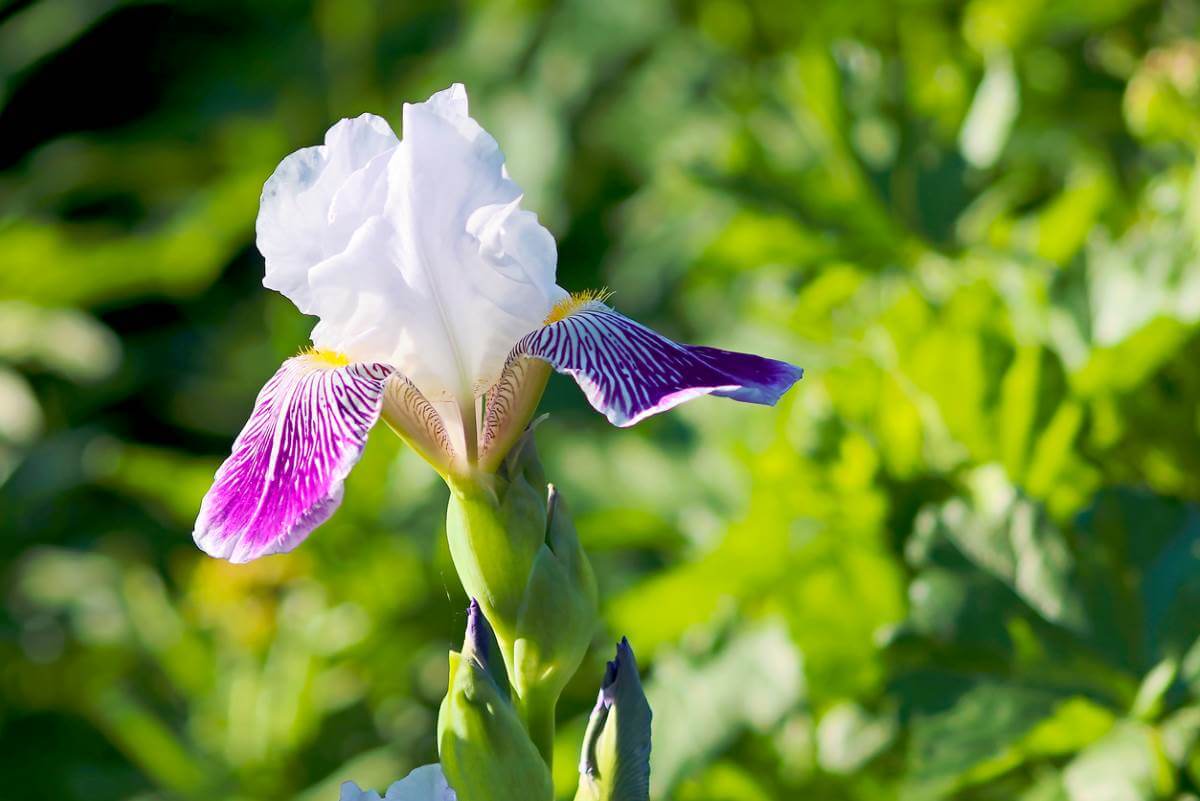
Iris plants, available in a variety of colors, can brighten your garden with their elegant spring blooms. They are not particularly demanding in terms of soil quality, provided they are placed in a sunny location where they can flourish.
10.Hyacinth
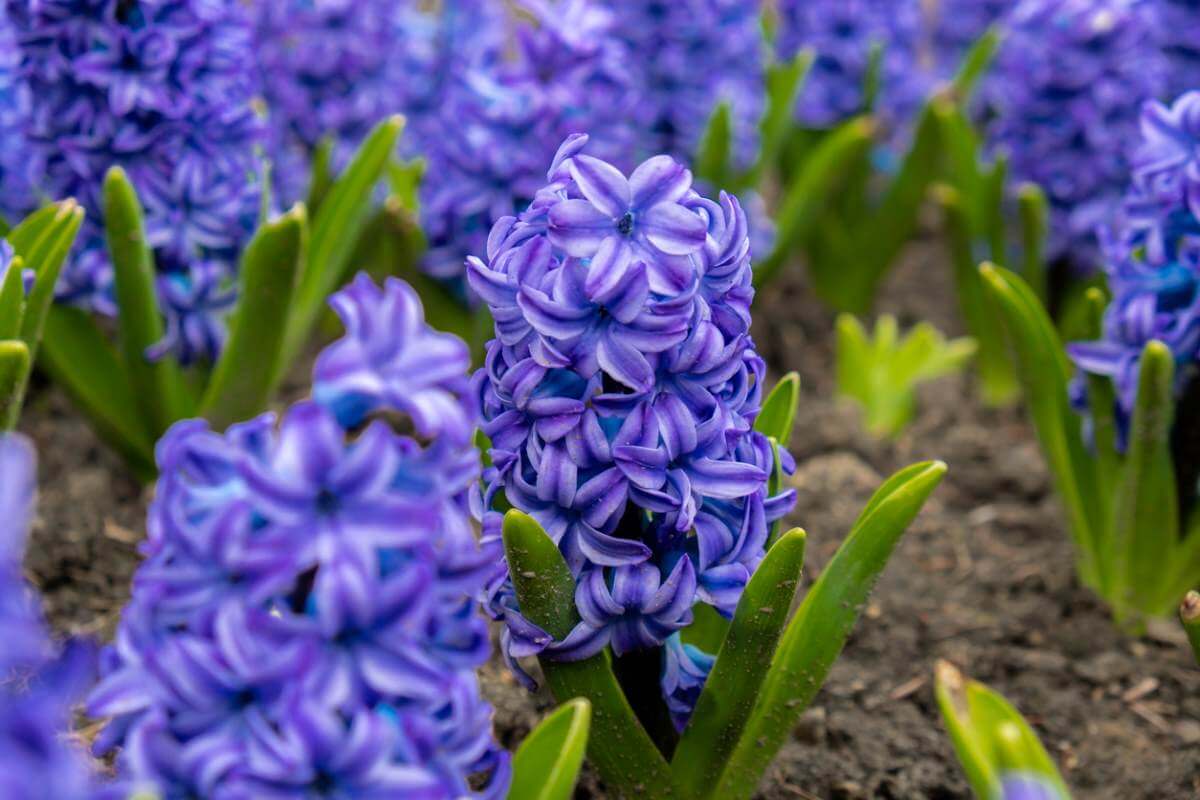
From September to December, you can plant hyacinth bulbs in semi-shaded areas or in pots. Bury the bulb in a hole three times its height, position it vertically, and cover with soil. Indoor planting in pots yields fragrant winter flowers, while garden planting offers spring blooms.
11.Lilies
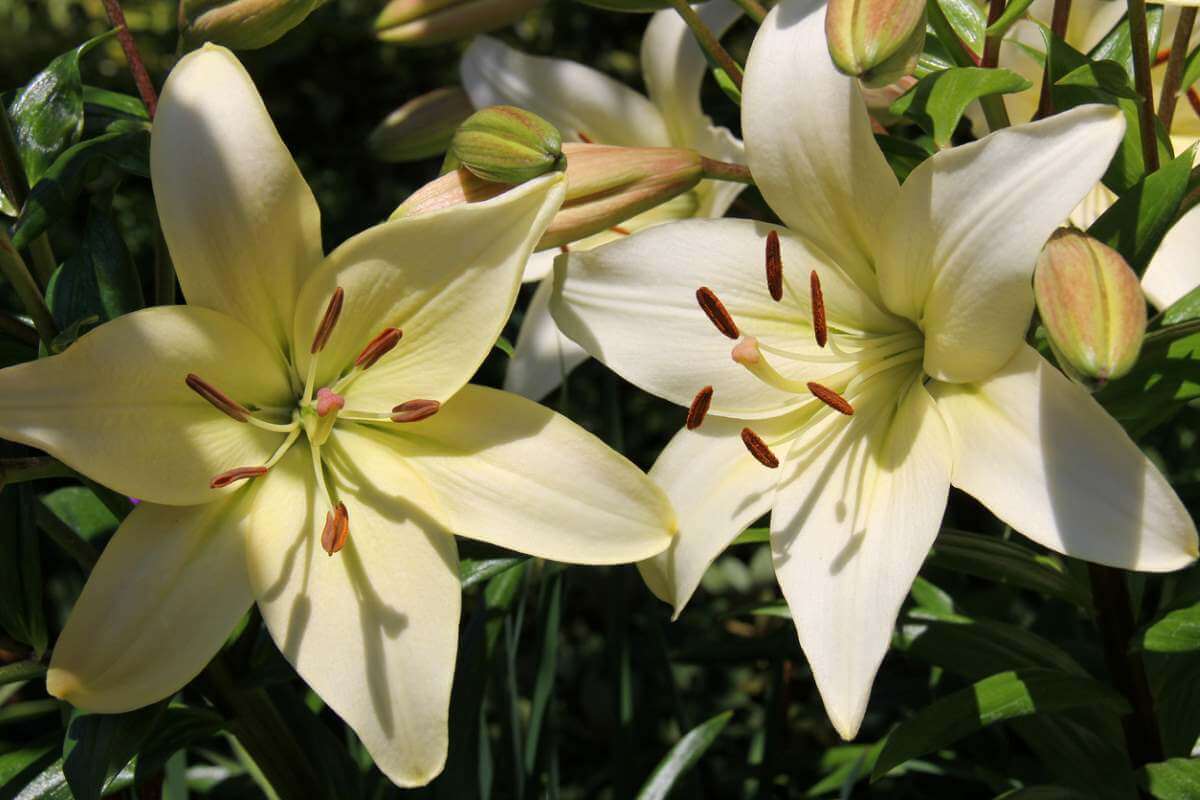
With their elegant flowers, lilies can be planted in autumn. While white lilies are common, you can choose from various colors. Lilies naturally multiply, providing more blooms each year.
12.Muscari

Plant muscari bulbs in September to enjoy their colorful, cluster-shaped flowers in spring. They come in yellow, blue, lilac, or white varieties. This small, bulbous perennial is easy to grow and may even spread on its own.
13.Narcissus
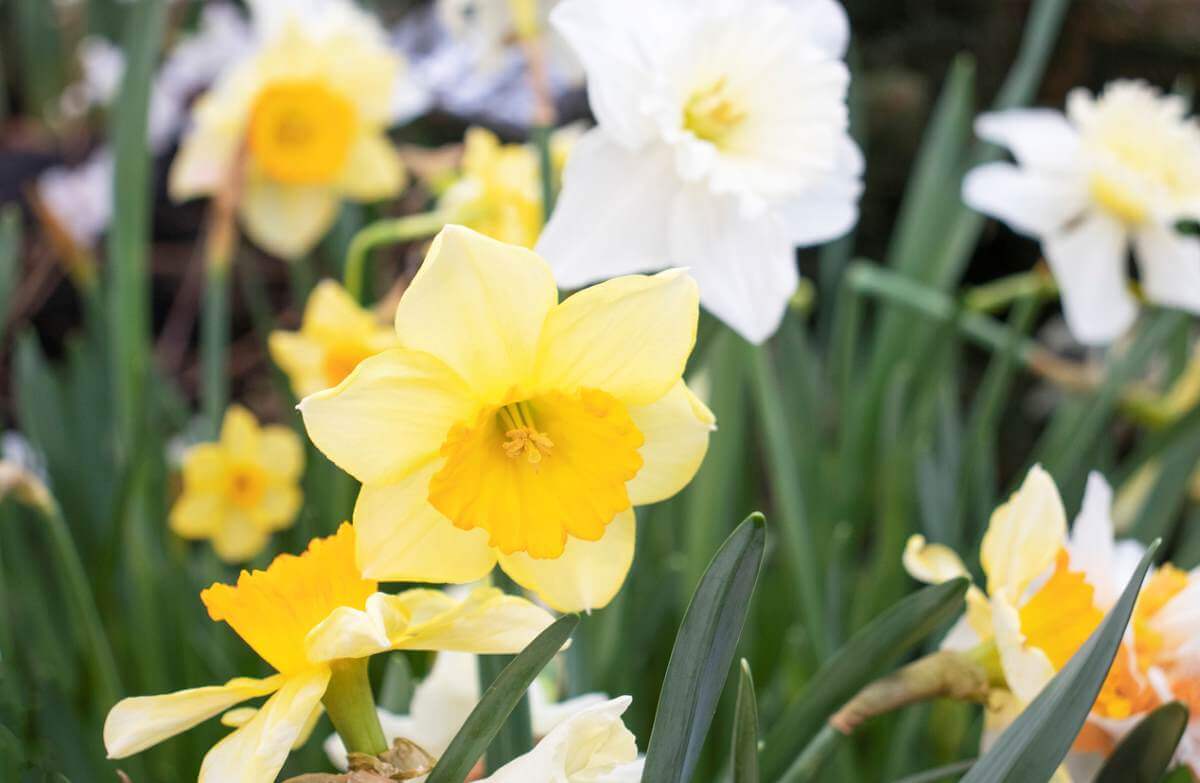
An undemanding plant, narcissus thrives in good garden soil when planted approximately ten centimeters deep. For optimal results, plant several bulbs together. It blooms as spring approaches, and you should wait until the plant completely wilts before trimming it back. Store the bulbs in a cool, dry place for the next planting season.
14.Snowdrops
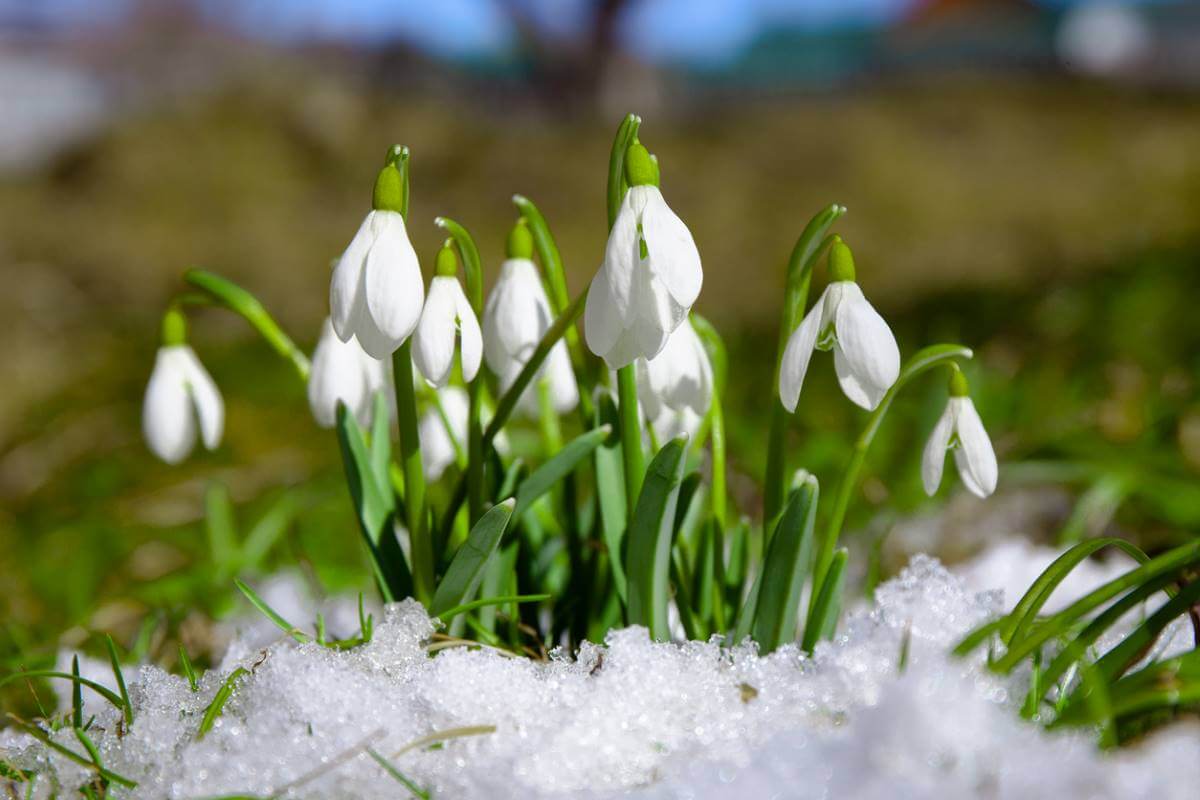
To enjoy winter-flowering snowdrops, plant their bulbs between September and October. Plant them in groups, placing a dozen bulbs in a hole about 10 cm deep and spacing them approximately ten centimeters apart. These white, bell-shaped flowers stand out in winter when other vegetation is dormant.




